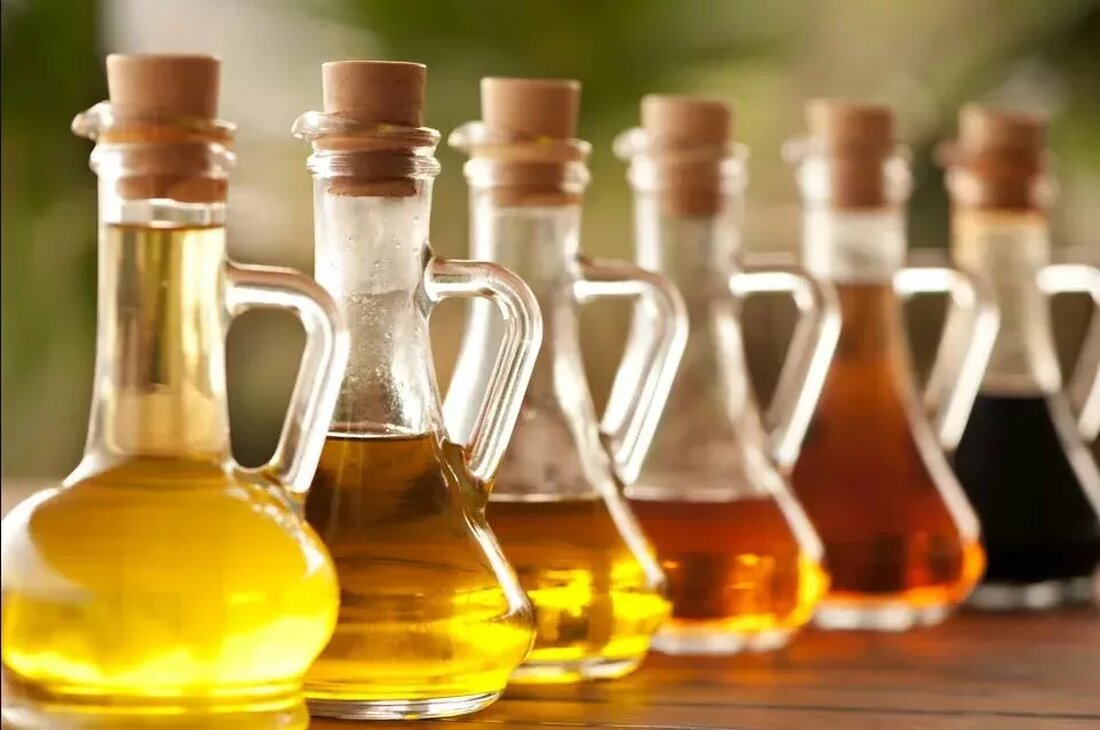Use of herbs
An herb refers to a herbaceous plant - A plant that does not have a distinguishable woody stem above ground, but has leaves and stems near the ground, and which die back after the end of the growing season. Herbs can be perennial, biennial or annual. Perennial and biennial herbs are those herbaceous plants that have some parts that survive even after the rest of the plant dies at the end of the growing season, and the new plant grows from these living parts. Annual herbaceous plants die completely at the end of the growing season, or after producing flowers and fruits, and the new plant germinates from a new seed. …

Use of herbs
An herb refers to a herbaceous plant - A plant that does not have a distinguishable woody stem above ground, but has leaves and stems near the ground, and which die back after the end of the growing season. Herbs can be perennial, biennial or annual.
Perennial and biennial herbs are those herbaceous plants that have some parts that survive even after the rest of the plant dies at the end of the growing season, and the new plant grows from these living parts. Annual herbaceous plants die completely at the end of the growing season, or after producing flowers and fruits, and the new plant germinates from a new seed.
An herb is used primarily for culinary, spiritual, or medicinal purposes. It is usually valued for each of its parts – roots, stems, leaves, flowers, seeds, fruits or other parts.
Herbs used for culinary purposes are generally valued for their smell or taste and are used in the preparation of dishes. An herb is different from a spice - herbs generally refer to the leafy parts of the plant used in cooking, while spices are usually derived from other parts of the plant. Herbs also differ from vegetables in that they are not a main component of the food, but are added primarily for color, smell, or taste.
Medicinal herbs are used in traditional medicine for their phytochemicals, which are said to have a beneficial effect on the body. However, large doses of herbal extracts can be toxic to the human body. Some herbs, like cannabis, are used for recreational purposes.
Other herbs such as frankincense and myrrh (important in Christianity) and basil (called tulsi, important in Hinduism) are used for spiritual purposes.

 Suche
Suche
 Mein Konto
Mein Konto
